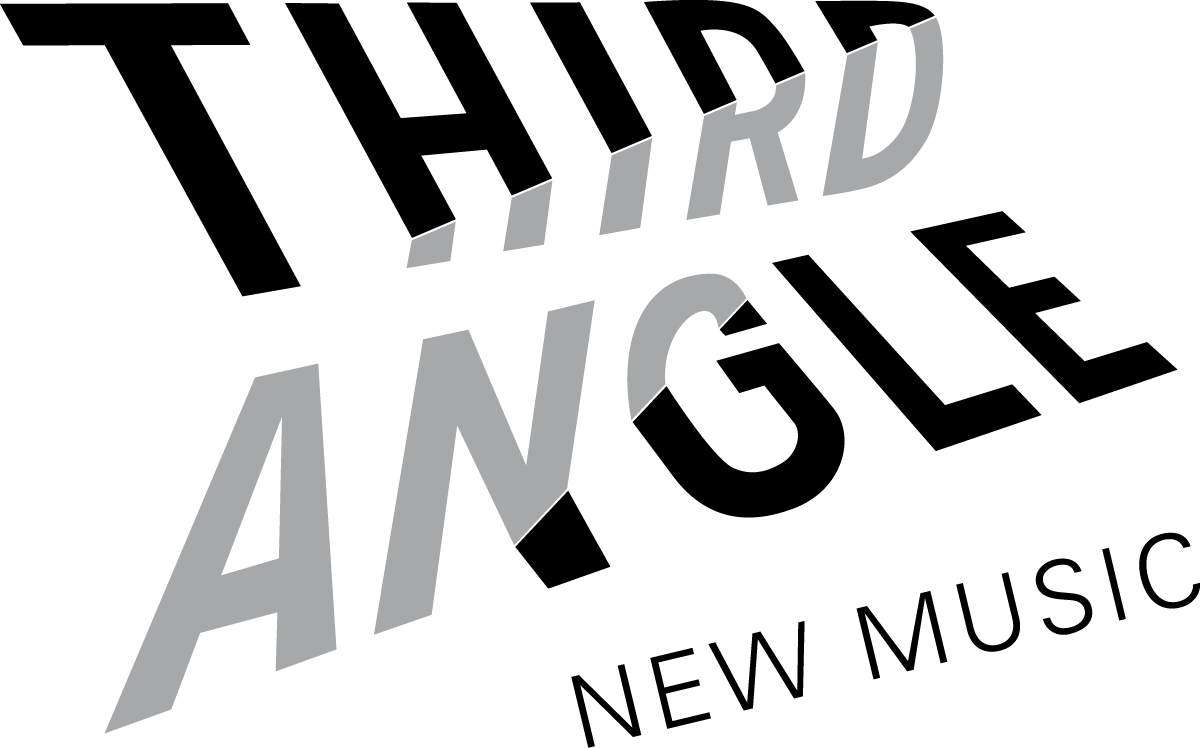3A SOUNDWALK SERIES: Footpath for Otic Ghosts by Loren Chasse
Sellwood Park & Sellwood Riverfront Park
Mar 15, 2021
Where do you go to listen to your thinking?
Which sounds steer your choice of direction?
A walk in the park is inherently about listening. It is a way we allow a conversation with a friend, as well as our thoughts, ideas, or emotions, to resonate freely. A path along an edge of water, a park bench, a clearing in the trees—each is its own type of resonator. And then there is that chink in a wall and the creek stones with water falling through them. The notch in a dying tree. A hollow metal handrail faintly ringing. A cupped hand at an angle to the wind.
Features of the environment insulate the listener: doors, walls and windows, of course, as well as hedges and overhangs, sunken walkways and enclosures. Maybe even clouds? Materials play a part too.
How can you make sounds with leaves? With two small round stones?
How many sounds can you make with your feet on different kinds of ‘ground’?
Where along the path can you find a wire to pluck?
Find a ringing sound or find a way to make one.
Explore the idea of an instrument from scratch.
A walk that is designed for listening might encourage someone to go on and listen more intently to the world; to acknowledge the possibilities for a place being a composition of sounds as much as it is of fauna and flora, sediments, structures, smells, human activity, histories and times of day; and to engage with a place, naturally, as a sound-making being, realizing the potential of a place, its situations and its objects, for becoming instruments in imaginative and otic hands.
Consider how a microphone, used as an extension of the ear, can get us listening to places otherwise inaccessible. Imagine what sounds may have been there before you arrived in that place of silence?
Try knowing a place by finding out about its sounds.
Quick Facts
The soundwalk is approximately 1.5 miles and will take about 1 hour (though extra wandering is encouraged!).
Please note: The route is not a loop, so you will have to walk back to the parking lot after the soundwalk is completed.
The soundwalk begins at the parking lot at SE 7th & Malden St.
The audio file is available two ways starting March 15:
High-quality (WAV) and standard-quality (mp3) downloads through Google Drive, OR
Streamed directly from this webpage.
Please review the guidebook BEFORE you begin.
We recommend printing the guidebook at home.
Make sure your printer is set to print DOUBLE SIDED. Otherwise the guidebook will not print correctly.
We also recommend bringing a writing utensil to record your observations in the guidebook.
If you are unable to print at home, follow the link at the bottom of this page for an online version.
Download Footpath for Otic Ghosts here:
Note: WAV file may take longer to download due to its size
Footpath for Otic Ghosts Guidebook
Map to Sellwood Park Parking Lot
Click here for printable version (recommended)
Note: MUST be printed double-sided


